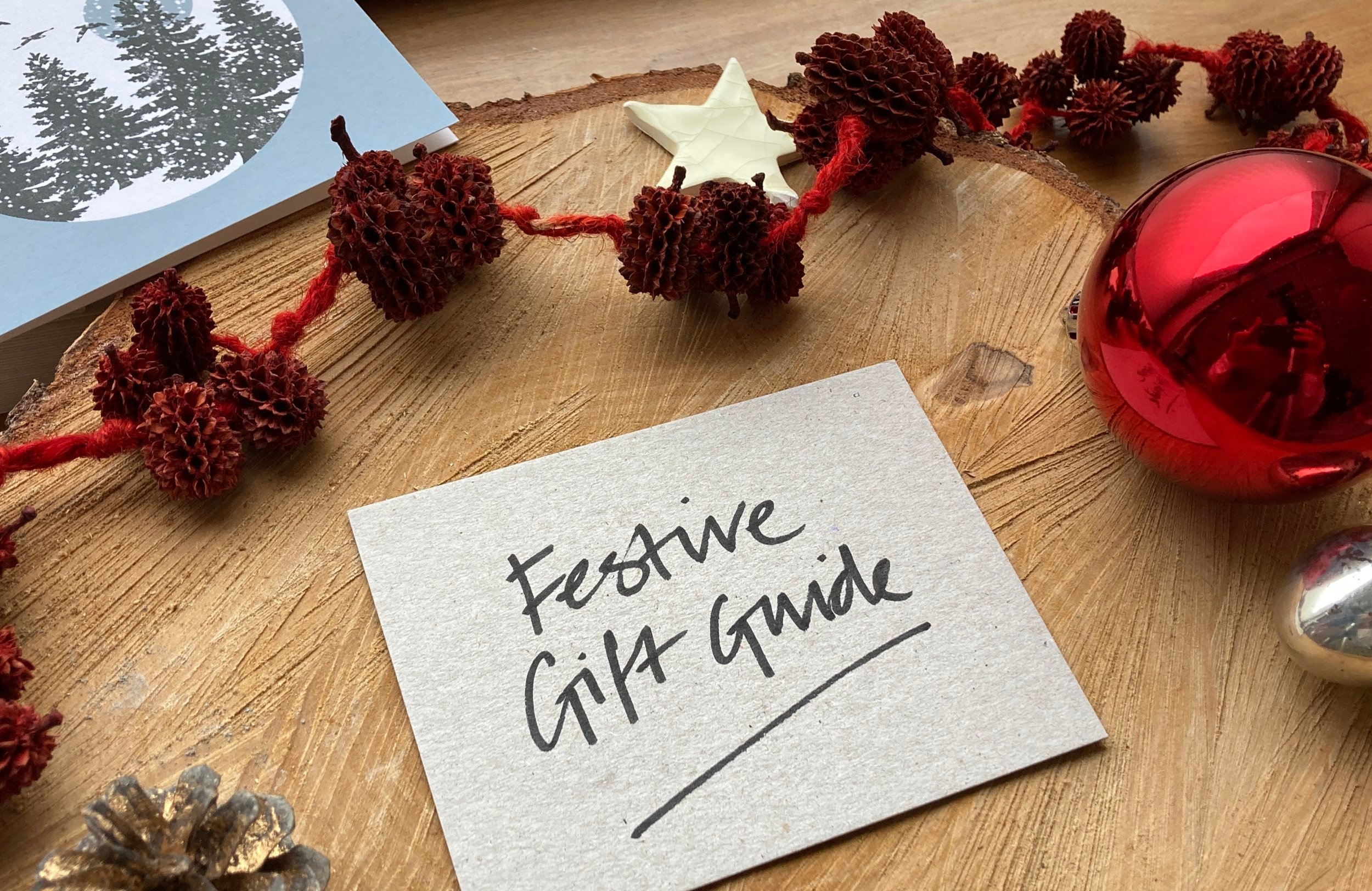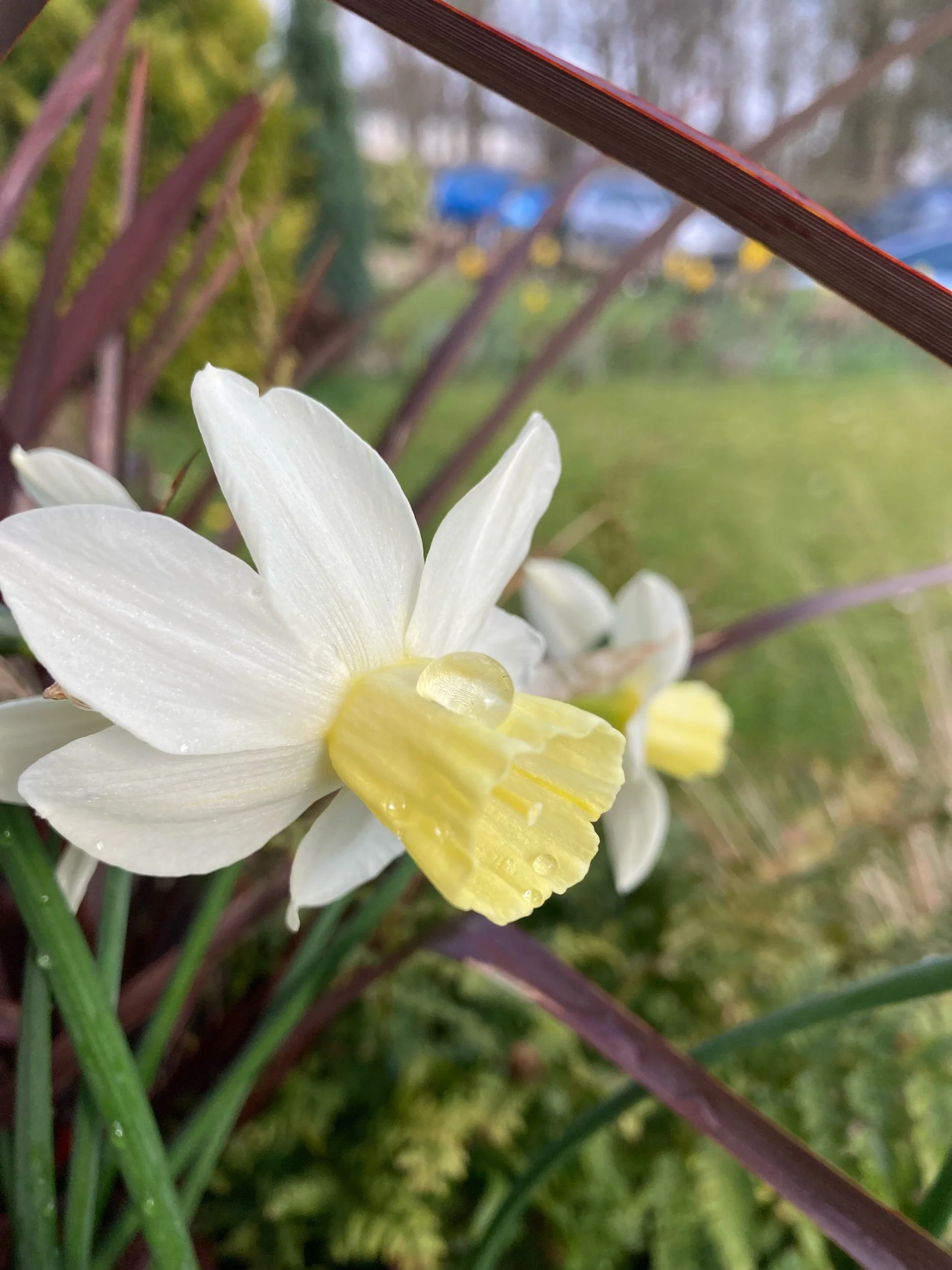Can you share your background & how you became an artist?
It started very early, I have strong memories of raiding my Dad’s briefcase for propelling pencils and fineliners. I also had a bit of an obsession with the fancy pencil sharpeners in his office. My mum and dad were both interested in art and design, my mum went to art school and dad was an architect so there was never a shortage of interesting pictures on the walls, art books and magazines, but also plentiful supplies large sheets of paper. All of this trickled in, art and making things always felt accessible for us, we were actively encouraged to create and given the space to pursue our own interests. My brother was a big influence, annoyingly good at everything and oozed confidence. He was six years olders than me, I saw him go off to university for a design degree and so I could see that there were lots of opportunities to use your creativity from early on.
After college and a-levels I went on to Leeds College of Art for a foundation course (the greatest year of my life!!) and then onto a fine art degree in Nottingham. I enjoyed my degree and the creative community I became part of, but I always had one eye on what the design and applied arts courses were doing. Design plays a big part in my work, I’d say I’m half artist, half designer and I’m happy with that, it brings a method and order into my practice which reflects who I am and I create work which is undeniably my own.
Following my degree and a few years of not making work at all, I started playing around with some ideas, doing markets and got some work in a gallery. That was 15 years ago, I’m delighted to still be doing something I love with my hands and brain and to be part of a strong creative community.
What themes & ideas do you explore in your work?
I’ve always been drawn to shapes, silhouettes, textures and the spaces between things, be they human-made or natural. I got really into birds after my husband and I lived in NZ for a bit, I finally ‘got’ what my Dad had been trying to tell us our whole lives. That birds are fascinating and more importantly, visible! Well that’s what we hope for when we go out binoculars in hand. They are a great indicator of the health of our environment and a great reason to get out and explore different habitats. It’s a very mindful activity.
So at the centre of my work are birds, but I also explore many other creatures native to the British Isles. I use silhouettes from photographs to create templates rather than an illustrative approach. I started using maps in my work right at the beginning and that really sits at the centre of the designs I make commercially. The old maps offer a connection to the past, creating a link between us, our shared history, landscape and the species we share these important places with.
I strip everything away to create simple imagery which I hope communicates my love for these wild creatures and sparks curiosity about habitat and species decline. They look effortless in a way but they are far from that.
What motivates & inspires you to create?
Everything! It’s hard to describe what inspires me, but I think as an artist you are funnelling who you are and what you see & feel into a visual output. So eveything feeds into my ideas, it could be the weather, the colours which the season bring, other artists work or fascinating new processes to explore, the colour of the clothes in my wardrobe, a beautifully designed peppermill, bird books, paper! I love paper!
Can you describe your process for creating art?
Collage and paper cutting are the root of my designs but I also use printmaking and digital processes to explore ideas and form collections of work. I create and collect banks of materials, old maps, patterned papers, postcards and surface textures I have painted or drawn. I use these to transfer shapes and silhouettes onto which I cut out and assemble into a design. The designer in me loves pattern and I’ve discovered that creating repeating patterns is something I really like doing, it’s fun, mindful and the possibilities are endless. The possibilities being endless isn’t always a positive for me though and I can struggle with overwhelm when starting something new. Making a body of work for Fair Trader in Holmfirth this year, I discovered that working smaller and with a limited palette really helped me, once I got started I felt I could go on and on.
Is there a specific piece or series that holds a special significance for you?
This is a hard question, as my mind is now flicking through all the work I’ve made over the last fifteen years like the pages in a book. I’m drawn to a point about half way through that time though. Seven and a half years ago I gave birth to our daughter Iris, she was several years and a lot of heartache in the making. It was hard to know how my work and creative business would look following such a huge change in my life. Shortly after Iris was born I was asked to be part of a gallery show, my body said no but my mind said yes and five months later I made a series of five large papercuts which we hand delivered to the gallery in Masham. The piece which sticks out is the Arctic Tern, just the sheer beauty of the Tern silhouette cut from an old map of Antarctica sitting on a deep bue background within a porthole aperture. The Arctic Tern makes one of the longest animal migrations on the planet, a round trip of over 18,000 miles. And they can live for up to 30 years… they only weight about 100g. It kind of blows my mind, this powerful urge and neccessity to migrate, to move, to breed to feed. And they are so stunning, bright white feathers, sharp beaks and wing tips with fan tails, look them up! The silhouette I created for this piece is one I keep returning to and exploring in my work, she’s almost become my mascot.
How do you see your work evolving or changing in the future?
Great question, I’d like to see how I could develop the surface pattern side of my work, maybe taking it down a different route to my current commercial work. Developing these ideas would involve learning new techniques and processes which would be great, I like the idea of going back to study so I think this will be on the horizon at some stage when my work/home life allows it.
Have you faced any challenges or obstacles in your career as an artist?
Yes, hundreds. Being an artist in a commercial sphere means you have to wear many hats and figure out how to sell your art so that you can make a living from it. It’s a business for me and so I have had to learn many aspects of running a small business. I made a smart decision early on and returned to my university to do a business course, this really helped me understand what’s required to make a business sustainable and create a plan.
I’ve faced lots of difficult situations which have been hard to navigate but I’m not afraid to ask for help and there’s a big creative community out there who have the experience to give you good advice or know someone who can help you, it can be lonely being an artist but the community makes up for it.
Are you currently working on any upcoming exhibitions or projects?
I’m in a phase of renewing my branding and photography so I have a big project for the autumn to implement all this design work into my trade catalogues, website and social media. Not the most exciting project but I’m really looking forward to finally having something cohesive and professional. Up until now I have mostly done it all myself so it’s been an interesting process to bring others in to work with me. I had a lot of fun exploring the process of riso printing last year and would love to do some more designs, the WYPW have just got a new riso machine so I’m hoping to access that later this year.
What advice would you give to your younger self?
Compare yourself less, don’t be afraid to make mistakes and I’d remind myself that something good and unexpected can often come out of a seemingly negative situation. Speak up, ask questions and extend your thinking. Look around you, make space for ideas and get off your phone! Advice I am telling myself as an adult.
Finally, what is the most valuable piece of advice you’ve received in your art career so far?
I used to think it was to say ‘Yes!’ to everything even if you don’t know how to do it because you’ll find a way to figure it out. I’m finding a lot of peace and strength in the ability to say ‘NO!’ so that I have a better understanding of what I do and what I definitely don’t do. When I understand this everyone else can and things become clearer and easier to navigate. The same applies in ‘real life’.
THANK YOU
to Calder Art Supplies for this feature, you can buy brilliant art supplies online and in store with them.
Photo Credits: Tim Smith, Holly Booth and Kate Thornton



























